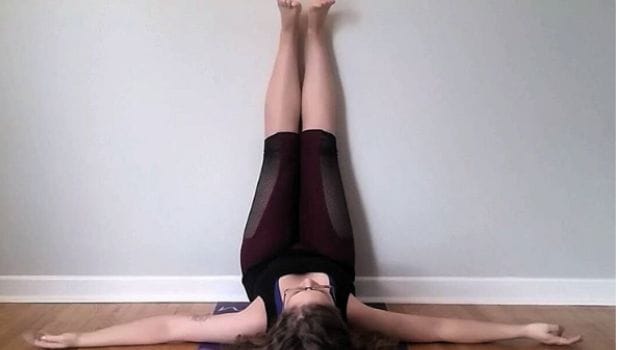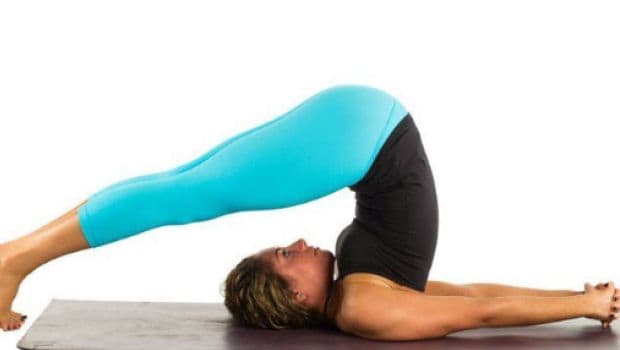Yoga for PCOD: 5 Simple Poses That Can Help
Yoga for PCOD: 5 Simple Poses That Can Help
Symptoms of PCOD
It includes excess hair on the body, decrease in breast size, deeper voice, thin hair, acne, weight gain, pelvic pain, anxiety or depression, infertility. PCOD is on the rise these days among young girls because of stress, obesity, unhealthy eating habits, anxiety, depression, no exercise, and inadequate sleep.
If you have been facing any such problem, you can see the doctor to diagnose your problem. The doctor will perform a pelvic examination such as blood tests or ultrasound to begin with your treatment. The treatment varies from woman to woman seeing their symptoms. Every woman with PCOD should take a healthy diet and do regular exercises. The treatment focuses on inducing ovulation to help them conceive.
Weight loss mostly is a powerful treatment for the patients of PCOD. Increased physical activities like aerobics, dance, jogging, running,etc can help a lot in reducing weight. Vitamins and minerals supplements can prove to be helpful for the PCOD patients to overcome the symptoms. Most of the patients become obese because fatty tissues are hormonally active and produce estrogen, which hinders ovulation. Surgery may be recommended for some women if the PCOD exceeds the normal level or is more problematic. The problem can’t be cured but ingredients like cinnamon, flaxseed, apple cider vinegar and fenugreek can help, or taking fresh foods and salads, avoiding coffee and alcohol, drinking adequate quantity of water, avoiding junk food, etc.
Yoga for PCOD
Apart from the above mentioned remedies, you can also resort to yoga. Here are five asanas that can help -
1. Kapalbhati
Kapalbhati comes from the word 'Kapal' (forehead) and 'Bhati' which means 'to shine'. It is believed that the regular practice of the exercise brings a natural glow to the face. It is a shat kriya, which means it's a form of a cleansing technique that removes toxic air and toxins from the body. It involves you sitting still in a yogic posture while the breathing exercise takes over the game.
(5 Common PCOS Myths and Misconceptions)

2. Yoni Mudra
Yoni means uterus or womb and this gesture is named the Yoni Mudra because the person who practices it regularly has no external contact with the world, resembling a baby in the uterus. It helps in decluttering the mind.
(3 Simple Yoga Poses After Dinner That Can Boost Digestion)
3. Pawanmukt Asana
This is also known as the Wind Release Pose and it is excellent for stomach and digestive problems. It is known to strengthen the back and abdominal muscles and increase blood circulation.
(5 Effective Yoga Poses to Gain Weight Fast)

Photo Credit: www.instagram.com/brianaboldin
'Hal' stands for 'plow' and 'Asana' stands for 'pose'. Halasana or 'the plough pose' takes its name from the farming instrument, plough, used by farmers. Halasana is usually performed after Sarvangasana, which is basically a shoulder stand.
Photo Credit: www.instagram.com/tayylerrae
Dhanurasana, also known as the bow pose, is a yoga exercise which is credited to relieving stress and anxiety, among other benefits.
(How to Do Dhanurasana (Bow Pose): Steps and Benefits)

The
opinions expressed within this article are the personal opinions of the
author. NDTV is not responsible for the accuracy, completeness,
suitability, or validity of any information on this article. All
information is provided on an as-is basis. The information, facts or
opinions appearing in the article do not reflect the views of NDTV and
NDTV does not assume any responsibility or liability for the same.















No comments
Post a Comment